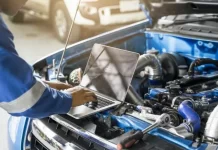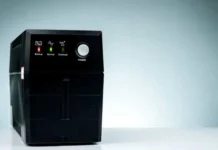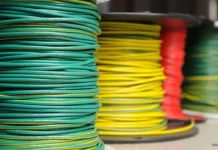Are you looking to scale up your computing needs?
In the modern age, it’s important to find solutions to intensive problems like machine learning. You need the means to process data and perform calculations to create the products and services you want — and fast.
That’s where high-performance computer clusters come in. The worldwide HPC market now has reached $41 billion. They give you an easy way to scale your computing needs and meet deadlines.
Keep reading to learn about a cheap HPC cluster, and how you can choose the right one for your needs.
Identify the Cluster’s Purpose
A high-performance computing (HPC) cluster is a group of computer servers. These servers are connected together to work as a single system.
If you want to have an in-depth understanding of HPC, then read an article on an HPC cluster. So, when choosing a cheap HPC cluster, it is important to first identify the purpose of the cluster.
If the cluster will be used for scientific research, it is important to choose a cluster that powerful enough to run the necessary scientific applications. If the cluster will be used for business, choose a cluster that can run the necessary business applications.
Determine the Size
After determining the purpose, narrow your choices down by cluster size. A key factor in this is the number of nodes, or servers, that you’ll need.
The more nodes you have, the more expensive the system will be. But more nodes also mean more processing power and scalability. So, it’s important to strike a balance between price and performance.
As a rule of thumb, you’ll want at least 10 nodes for a basic HPC workload. If you’re doing more processor-intensive tasks, you may need 20 or more nodes. And if you’re doing storage-intensive tasks, you may need even more.
But, as a starting point, 10 nodes is a good number to keep in mind. Once you have a rough idea of the number of nodes you’ll need, you can start looking at specific clusters.
Pay attention to the specs of each cluster. Look at the number of processors per node, the type of processors, the amount of memory, and the type of storage.
Consider Secondhand Hardware
One of the best options is to consider secondhand hardware. Not only is this option cheaper, but it can also be just as effective as buying new hardware. Of course, there are a few things you’ll need to keep in mind when choosing secondhand hardware.
Make sure that the hardware is compatible with your operating system and software. Also, you’ll need to check for any potential damage.
Double-check that all of the necessary cables and accessories are included. You’ll need to compare prices and find the best deal.
It may take a bit of time to find the perfect secondhand hardware for your needs, but it’s definitely worth it in the end. Not only will you save a lot of money, but you’ll also be able to get your hands on some advanced computer hardware.
Purchasing a Cheap HPC Cluster
By following the tips in this guide, you can be sure to find a cheap HPC cluster that will fit your needs. With a little bit of research, you can find an HPC cluster that will save you money and provide you with the computing power you need.
Want to learn more about how to choose the least expensive yet best computer? Feel free to read more articles on our website and see how these can help.

































